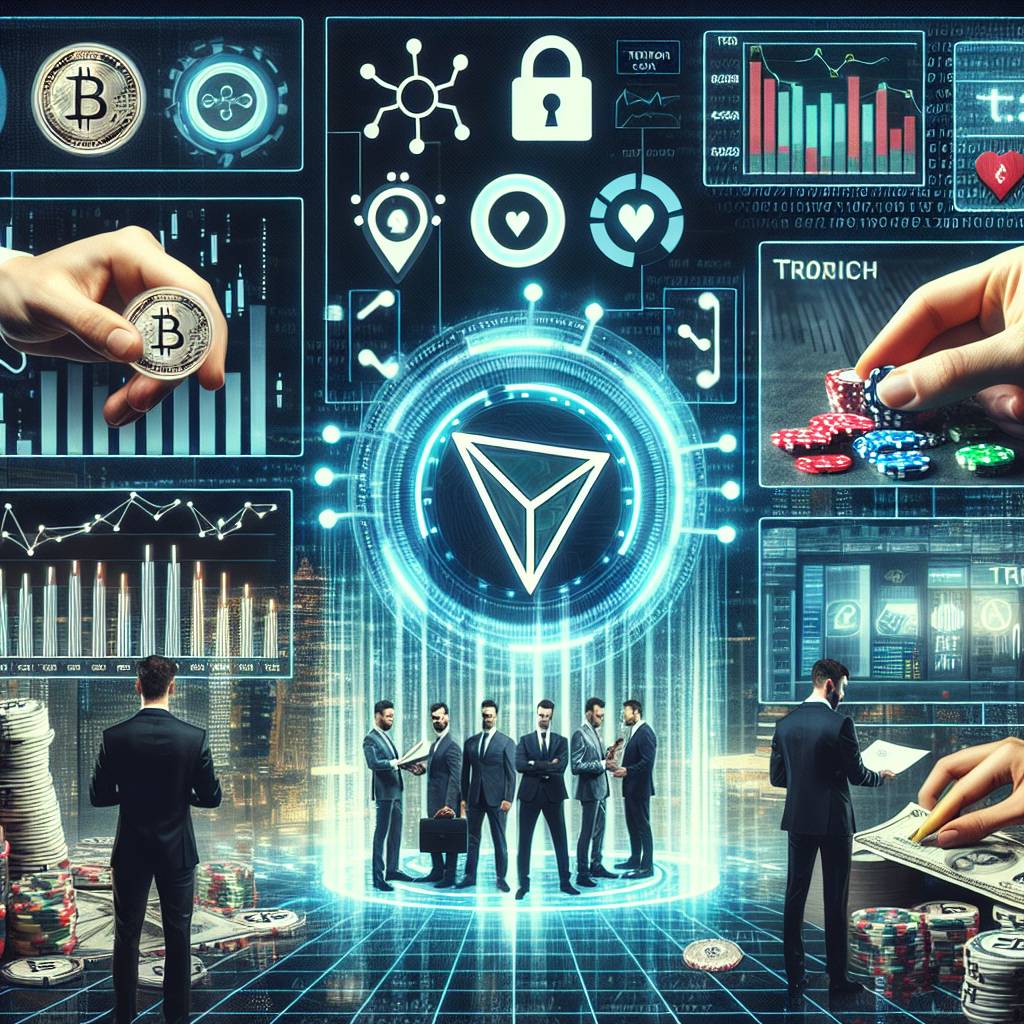What are the potential risks and vulnerabilities of integrating blockchain and IoT?
What are the potential risks and vulnerabilities that may arise when integrating blockchain and IoT technologies? How can these risks be mitigated?

3 answers
- Integrating blockchain and IoT technologies can introduce several risks and vulnerabilities. One potential risk is the exposure of sensitive data. Since IoT devices collect and transmit a vast amount of data, any security breach in the blockchain network can lead to the compromise of this data. To mitigate this risk, it is crucial to implement robust encryption and authentication mechanisms to secure the data both at rest and in transit. Another vulnerability is the potential for smart contract exploits. Smart contracts, which are an integral part of blockchain technology, can be programmed to interact with IoT devices. However, if these contracts are not properly audited and tested, they may contain vulnerabilities that can be exploited by malicious actors. Regular code reviews and security audits can help identify and fix these vulnerabilities. Additionally, the scalability of blockchain and IoT integration can be a challenge. As the number of IoT devices increases, the blockchain network may face scalability issues, leading to slower transaction processing times. Implementing off-chain solutions or utilizing scalable blockchain platforms can help address this challenge. Overall, integrating blockchain and IoT technologies offers numerous benefits, but it is essential to be aware of the associated risks and vulnerabilities. By implementing robust security measures, conducting regular audits, and addressing scalability concerns, these risks can be mitigated effectively.
 Nov 24, 2021 · 3 years ago
Nov 24, 2021 · 3 years ago - When it comes to integrating blockchain and IoT, there are some potential risks and vulnerabilities to consider. One of the main risks is the possibility of a 51% attack on the blockchain network. In a 51% attack, a single entity or a group of entities gains control of the majority of the network's computing power, allowing them to manipulate transactions and potentially compromise the integrity of the data. To mitigate this risk, blockchain networks can implement consensus mechanisms that require a significant amount of computing power to participate in the validation process. Another vulnerability is the reliance on centralized or third-party services. Many IoT devices rely on centralized servers or third-party services for data storage and processing. If these services are compromised, it can lead to a single point of failure and potential data breaches. Decentralized storage solutions and distributed computing can help reduce this vulnerability. Lastly, the complexity of integrating blockchain and IoT technologies can introduce security loopholes. It is crucial to ensure that all components of the system, including the IoT devices, blockchain network, and communication channels, are secure and regularly updated with the latest security patches. In conclusion, integrating blockchain and IoT brings numerous benefits, but it is essential to address the potential risks and vulnerabilities through robust consensus mechanisms, decentralized solutions, and comprehensive security measures.
 Nov 24, 2021 · 3 years ago
Nov 24, 2021 · 3 years ago - Integrating blockchain and IoT technologies can be a game-changer, but it's important to be aware of the potential risks and vulnerabilities. At BYDFi, we understand the importance of security in the digital asset space. When it comes to blockchain and IoT integration, one of the key risks is the lack of standardization. With multiple blockchain platforms and IoT devices available, compatibility issues can arise, leading to potential vulnerabilities. It is crucial to ensure that the chosen blockchain platform and IoT devices are compatible and follow industry standards. Another risk to consider is the reliance on centralized authorities. Blockchain technology aims to decentralize trust, but if the integration heavily relies on centralized authorities, it defeats the purpose. Implementing decentralized identity solutions and utilizing blockchain's transparency can help mitigate this risk. Lastly, the immutability of blockchain can be both a strength and a vulnerability. While immutability ensures data integrity, it can also make it challenging to rectify errors or address security breaches. Implementing robust governance mechanisms and having contingency plans in place can help address this vulnerability. In summary, integrating blockchain and IoT requires careful consideration of risks and vulnerabilities. By focusing on standardization, decentralization, and governance, these risks can be effectively managed and mitigated.
 Nov 24, 2021 · 3 years ago
Nov 24, 2021 · 3 years ago
Related Tags
Hot Questions
- 94
What are the best digital currencies to invest in right now?
- 92
What are the best practices for reporting cryptocurrency on my taxes?
- 85
What is the future of blockchain technology?
- 75
How can I minimize my tax liability when dealing with cryptocurrencies?
- 75
How can I buy Bitcoin with a credit card?
- 74
What are the tax implications of using cryptocurrency?
- 58
Are there any special tax rules for crypto investors?
- 51
How does cryptocurrency affect my tax return?
